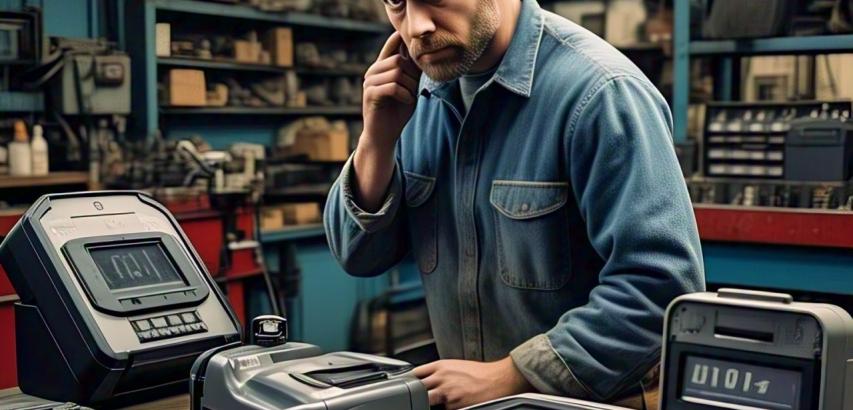
Choosing the right car scanner (OBD-II diagnostic tool) is essential for diagnosing vehicle issues, reading error codes, and maintaining your car’s health. Here’s a step-by-step guide to help you pick the best tool for your needs:
Determine Your Use Case
DIY Enthusiasts: Basic code reading, clearing check engine lights, and simple diagnostics.
Professional Mechanics: Advanced diagnostics, live data streaming, and bidirectional controls.
Fleet Managers: Multi-vehicle compatibility and performance monitoring.
Car Resellers: Quick scans to verify a vehicle’s condition before purchase.
Types of Car Scanners
Basic Code Readers:
Pros: Affordable, portable, user-friendly.
Cons: Limited to reading/clearing codes (e.g., P0xxx codes).
Examples: ANCEL AD310, FIXD.
Advanced Diagnostic Tools:
Pros: Live data streams, freeze frame data, basic service functions (e.g., oil reset).
Cons: Higher cost, steeper learning curve.
Examples: BlueDriver, Autel MaxiCOM MK808.
Professional Scanners:
Pros: Full-system diagnostics (engine, transmission, ABS, airbags), ECU coding, and programming.
Cons: Expensive, requires technical knowledge.
Examples: Autel MaxiSys MS908, Launch X431 Pro.
Wireless/Bluetooth Scanners:
Pros: Sync with smartphone apps (iOS/Android) for real-time analysis.
Cons: Limited functionality without subscriptions.
Examples: OBDLink MX+, Carly Universal Adapter.
Key Features to Consider
Compatibility:
Ensure it works with your car’s make, model, year, and region (e.g., OBD-II for cars post-1996).
Diagnostic Coverage:
Engine, transmission, ABS, airbag, and battery systems.
Live Data Streaming:
Monitor real-time sensor data (e.g., RPM, fuel trim, coolant temp).
Software Updates:
Regular updates for new vehicle models and bug fixes.
Bidirectional Control:
Test components (e.g., fuel injectors, actuators) via the scanner.
Display & Interface:
Touchscreen vs. app-based (smartphone/tablet).
Battery/Source:
Built-in battery (wireless) vs. powered by the car’s OBD port.
Budget Considerations
Budget (20–20–50): Basic code readers (e.g., ANCEL AD310).
Mid-Range (50–50–200): Advanced scanners with live data (e.g., BlueDriver, Autel AP200).
Premium (200–200–1,000+): Professional-grade tools (e.g., Autel MaxiCOM MK808, Launch X431).
Additional Costs:
Subscription fees for advanced features or brand-specific diagnostics.
Top Brands & Reliability
Affordable & Reliable: ANCEL, FIXD, OBDLink.
Advanced Features: Autel, Launch, Foxwell.
Smartphone Integration: BlueDriver, Carly, OBD Fusion.
Example Recommendations
Basic Use: ANCEL AD310 ($35) – Simple code reading and clearing.
DIY Repairs: BlueDriver ($99) – Bluetooth-enabled, live data, and repair reports.
Professional Use: Autel MaxiCOM MK808 ($250) – ABS/SRS diagnostics, oil reset, and coding.
Luxury/European Cars: Carly Universal Adapter ($169) – BMW, Mercedes, Audi-specific coding.
Final Tips
Check Vehicle Compatibility: Verify your car’s protocols (e.g., CAN, ISO).
Read Reviews: Focus on ease of use, update frequency, and customer support.
Future-Proofing: Opt for updatable tools if you plan to use it long-term.
Warranty: Look for at least a 1-year warranty.
By aligning the scanner’s capabilities with your skill level, vehicle type, and budget, you’ll ensure accurate diagnostics and avoid costly mechanic visits. 🚗🔧
